In the United States, on average, food travels a very long way from farm to fork (a 2007 estimate puts the figure at 1,000 miles for delivery from producer to retail and an enormous 4,200 miles over the entire supply chain). Food transportation accounts for nearly a ton of the average American's CO2 emissions each year, and a good chunk of the 15.5 million trucks on the road.
But what if we could instead send food around the country through a system of lightweight tubes, like a "transport industry Internet." This is the vision of the U.K.-based Foodtubes Project, a consortium of scientists, project managers, and businessmen. On their website, the group argues that a network of just 10,500 miles of subterranean tubes could connect all major food producers and retailers in the British Isles, taking up to 200,000 trucks off the road and saving 40 million tons of CO2.
But doesn't that just replace one form of transport with another? What's so great about pneumatic tubes? The Foodtubes Project argues that 90 percent of the fuel used to transport food by road and rail is used just to move the vehicles. Sending lightweight capsules zooming round through vacuum power or linear-induction still requires electricity, but Foodtubes Project spokesman Noel Hodson claims that the group's calculations demonstrate a saving of 23 percent on overground transport, plus another 77 percent saving from the "decongestion impact"—fuel reclaimed from the inefficiencies of urban gridlock.
Nonetheless, the U.S. equivalent to the Foodtubes Project, the Capsule Pipeline Research Center, has closed its doors to lack of funding, and even the irrepressible Hodson acknowledges that challenging the surface transportation system is an uphill struggle:
The freight industry is deeply entrenched at every level of government and commerce. Many traditional politicians and food bosses are oil-junkies, dedicated to keeping things as they are—whatever the social costs.
This slideshow collects a selection of functioning and fictional pneumatic tube systems from around the world, to showcase their continuing appeal as well as their glorious past. In an era when gas prices are rising, carbon dioxide emissions need to be curbed, and ambitious infrastructural investments seem to be making at least a minor, stimulus-related comeback, perhaps it's time to look at the Foodtubes Project as a serious alternative, despite the awe-inspiring ugliness of their website and PowerPoint presentations.






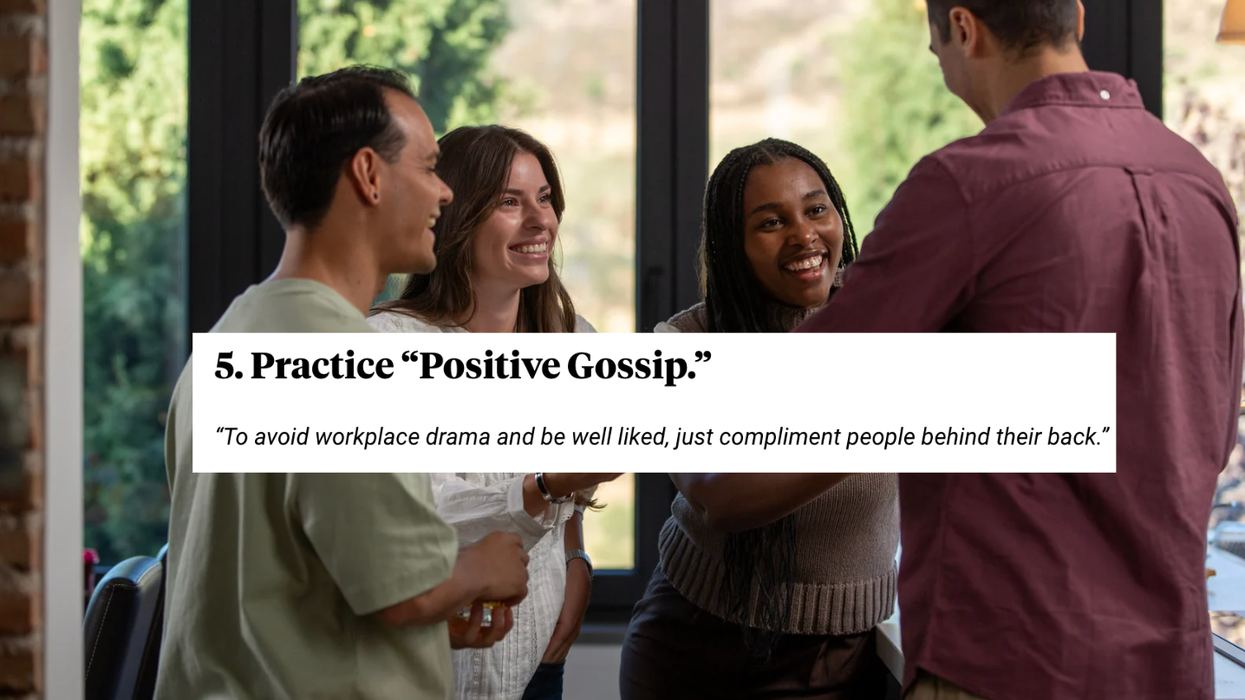
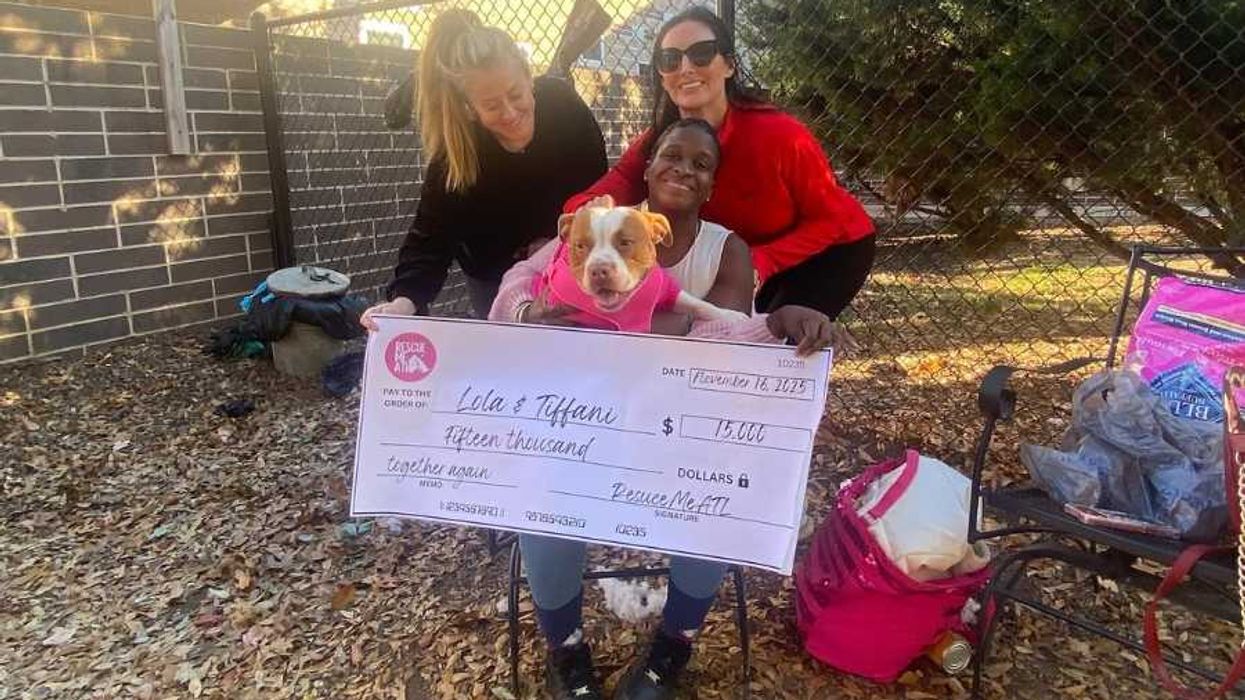



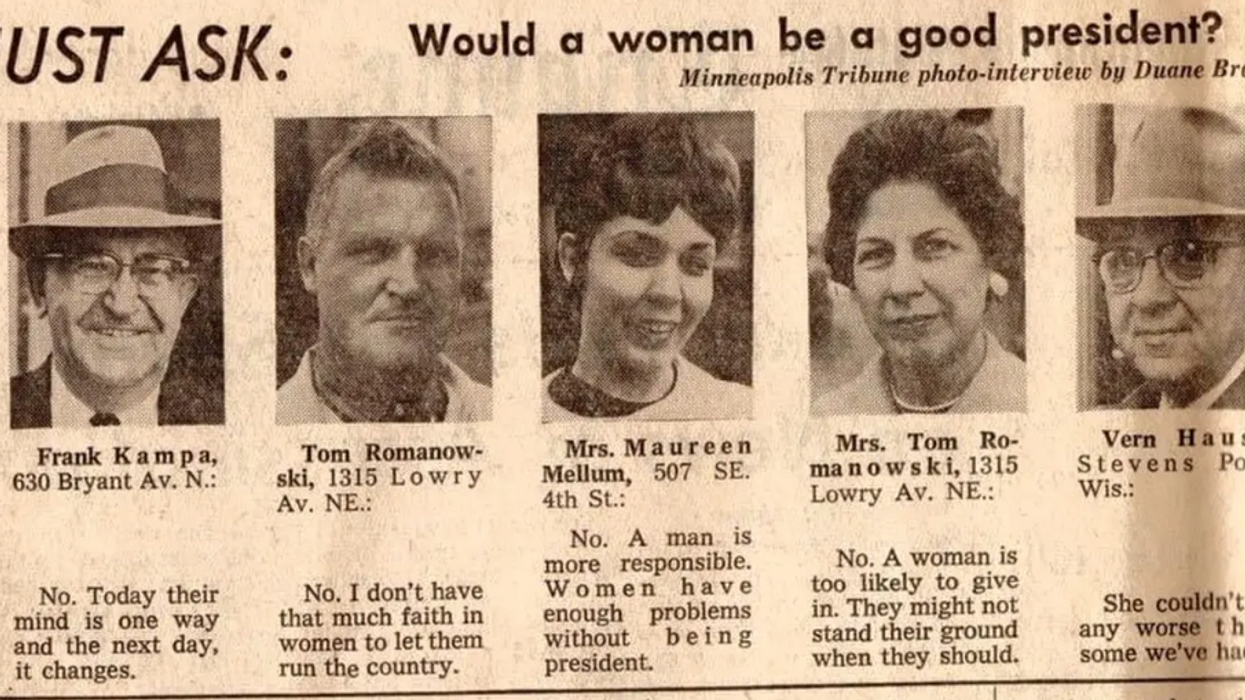



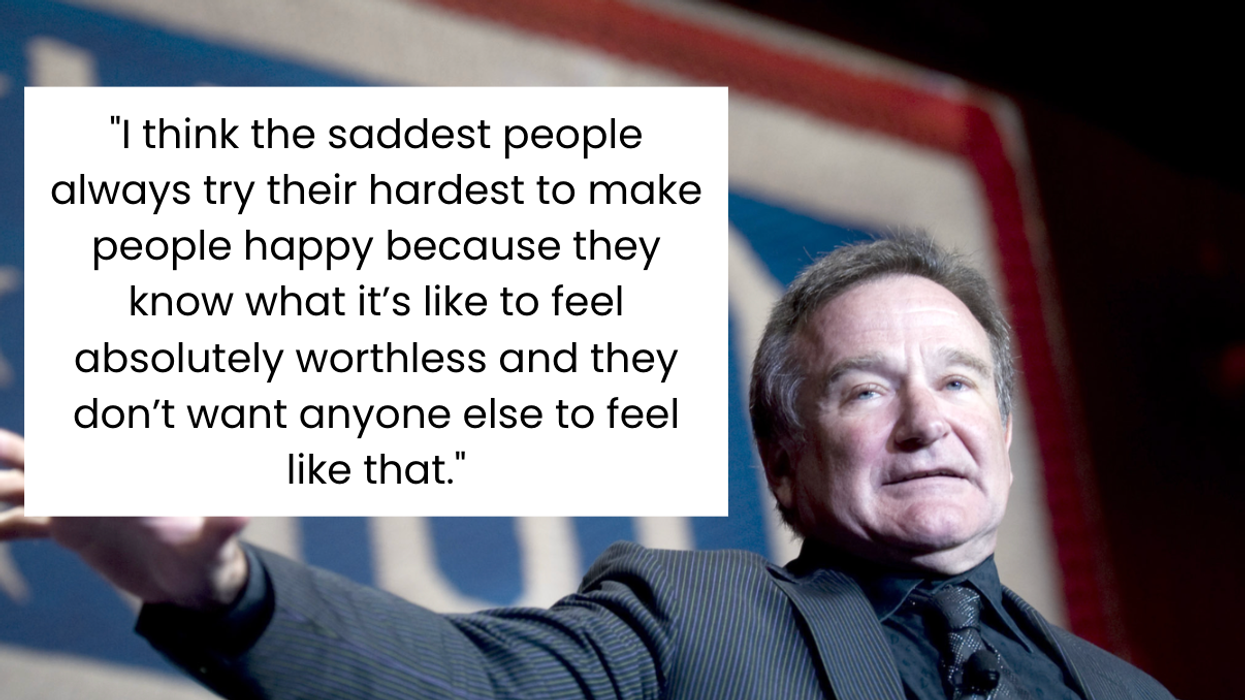
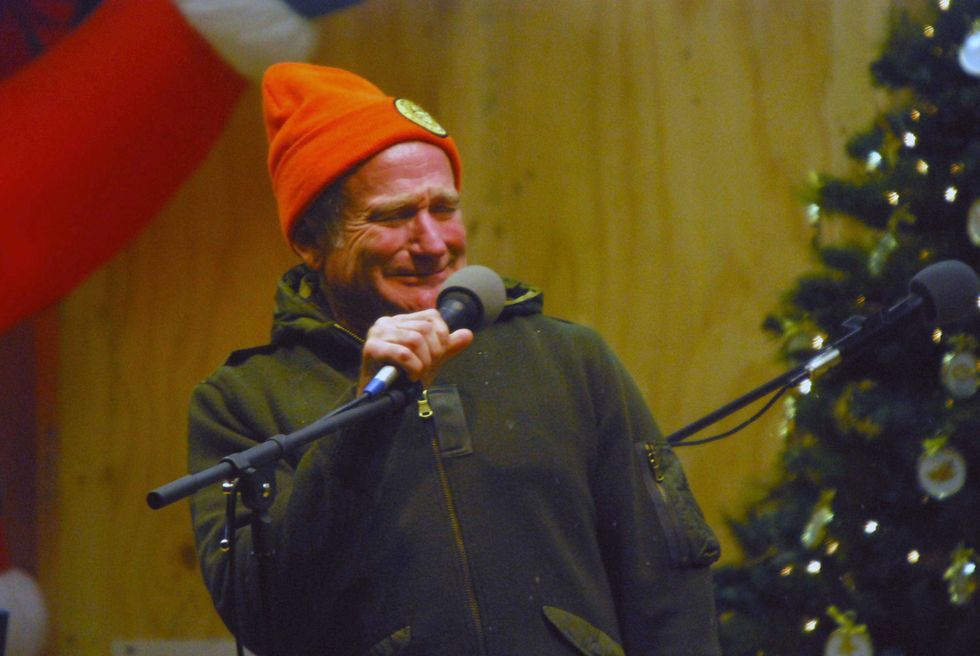 Robin Williams performs for military men and women as part of a United Service Organization (USO) show on board Camp Phoenix in December 2007
Robin Williams performs for military men and women as part of a United Service Organization (USO) show on board Camp Phoenix in December 2007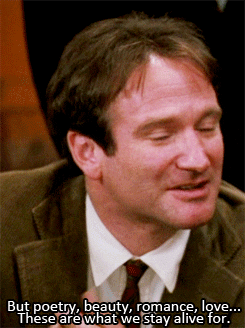 Gif of Robin Williams via
Gif of Robin Williams via 
 People on a beautiful hike.Photo credit:
People on a beautiful hike.Photo credit:  A healthy senior couple.Photo credit:
A healthy senior couple.Photo credit:  A diverse group of friends together.Photo credit:
A diverse group of friends together.Photo credit:  A doctor connects with a young boy.
A doctor connects with a young boy.  Self talk in front of the mirror.Photo credit:
Self talk in front of the mirror.Photo credit:  Lightbulb of ideas.Photo credit
Lightbulb of ideas.Photo credit 
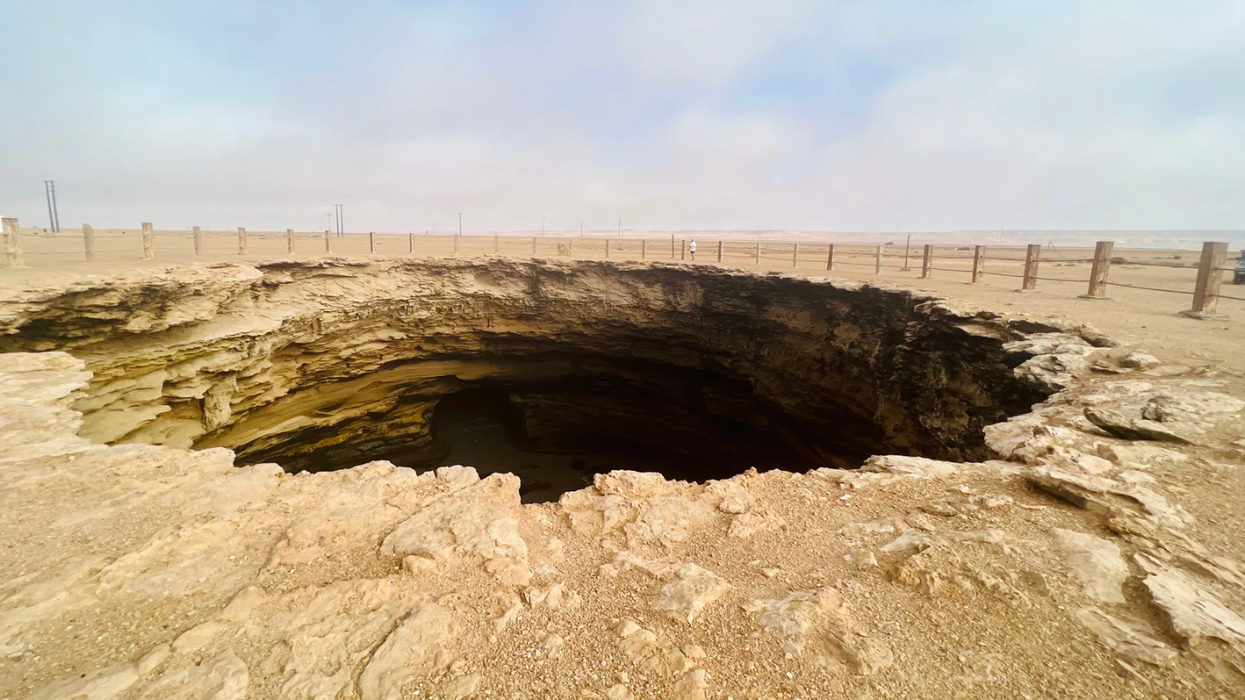
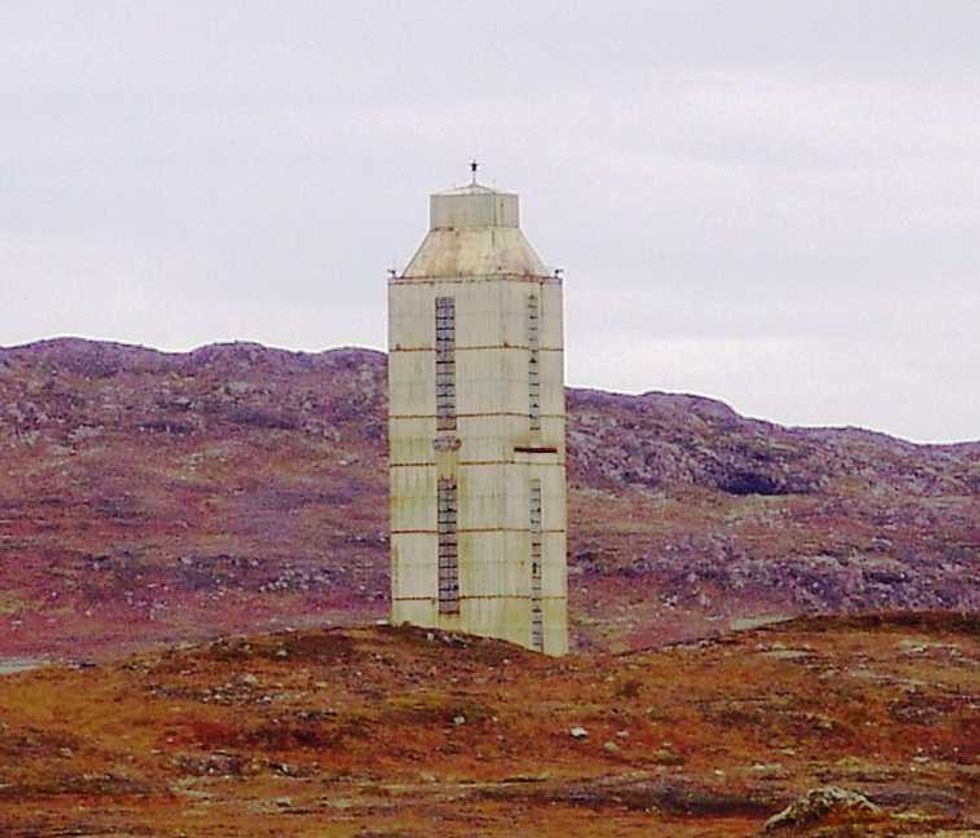 Superstructure of the Kola Superdeep Borehole, 2007
Superstructure of the Kola Superdeep Borehole, 2007 

